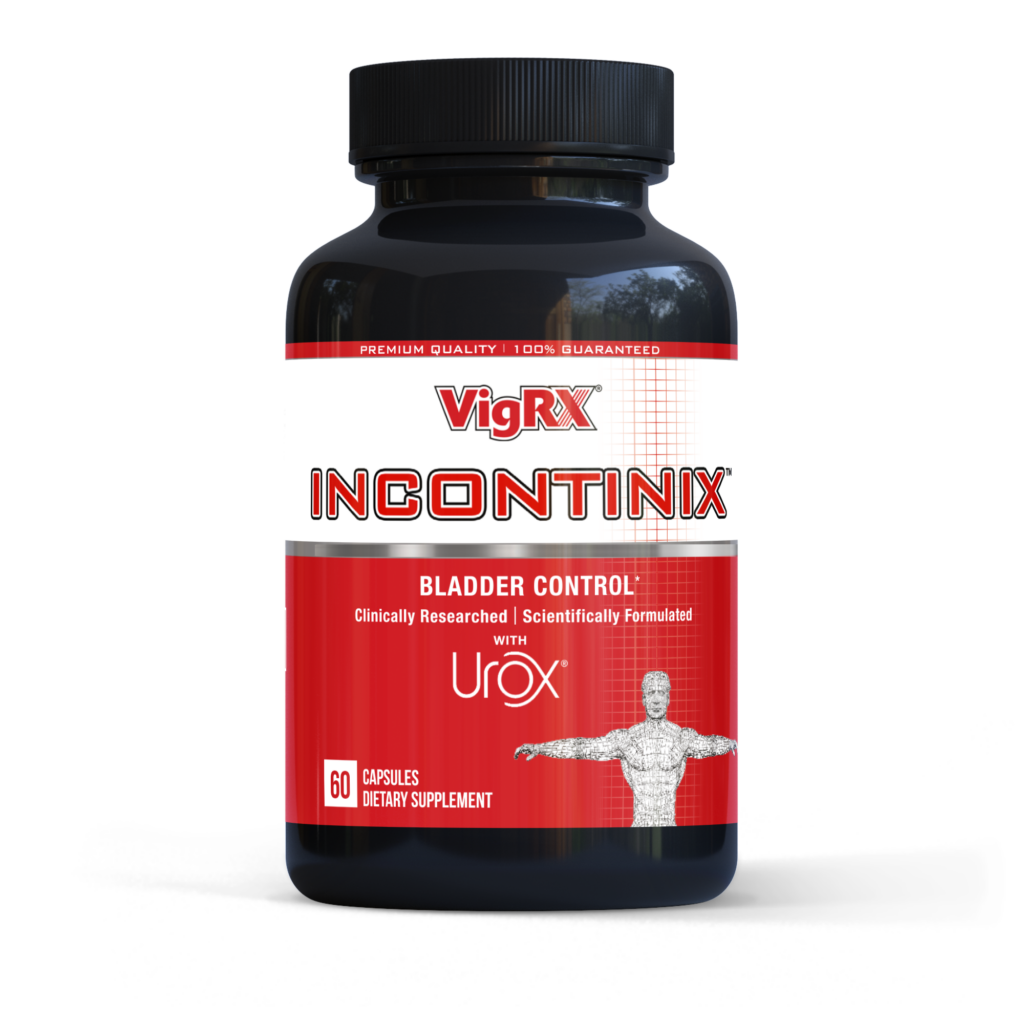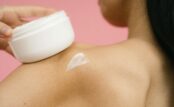As Generation X men enter their 50s and 60s, many are discovering an unwelcome reality that previous generations rarely discussed openly: urinary incontinence. For men born between the mid-1960s and early 1980s, this condition can be particularly challenging to confront, as it contrasts sharply with the independent, resilient identity many Gen-Xers have cultivated throughout their lives.
The Silent Struggle
Urinary incontinence—the involuntary leakage of urine—affects approximately 3 to 11 percent of men overall, with rates increasing significantly with age. According to the American Urological Association, by age 60, about 17 percent of men experience some form of incontinence, and that number rises to nearly 30 percent for men in their 70s and beyond [1].
For Gen-X men specifically, who are now primarily in their 40s to 50s, incontinence often arrives as an unexpected and unwelcome companion to midlife. A generation that grew up with minimal discussion about men’s health issues may find it particularly difficult to acknowledge, discuss, or seek help for bladder control problems.
Understanding the Causes
For men in the Gen-X demographic, several factors may contribute to developing urinary incontinence:
Prostate Issues
The prostate gland surrounds the urethra, and as men age, this gland often enlarges. Benign Prostatic Hyperplasia (BPH) affects approximately 50% of men by age 60 and up to 90% of men by age 85 [2]. This enlargement can compress the urethra and cause urinary symptoms including frequency, urgency, and sometimes incontinence.
Lifestyle Factors
The Gen-X generation has lived through significant cultural shifts in diet and activity levels. Research published in the Journal of Urology indicates that obesity, sedentary lifestyle, and high consumption of alcohol and caffeine—all common in modern Western lifestyles—can exacerbate bladder control issues [3].
Neurological Changes
As men age, the nerves controlling bladder function may become less efficient. For some Gen-X men, especially those who have experienced conditions like diabetes or back injuries, these neurological changes can occur earlier and more severely.
Types of Incontinence Affecting Gen-X Men
Urgency Incontinence
Characterized by a sudden, intense urge to urinate followed by involuntary leakage, this form of incontinence can be particularly disruptive to daily life and sleep patterns. For working Gen-X men, this can mean embarrassing moments during meetings or social functions.
Stress Incontinence
Though less common in men than women, stress incontinence—leakage during physical activity, coughing, or laughing—can affect men who have undergone prostate surgery or experienced trauma to the pelvic region.
Overflow Incontinence
When the bladder doesn’t empty completely during urination, it can lead to frequent or constant dribbling. This type is often associated with prostate enlargement, which many Gen-X men are beginning to experience.
Nocturia
While not technically incontinence, the need to urinate frequently during the night affects many men in their 40s and 50s. According to sleep researchers, waking more than once per night to urinate is considered abnormal and can significantly impact sleep quality and overall health [4].
The Impact on Quality of Life
For Gen-X men, incontinence isn’t just a physical health issue—it’s a quality of life concern that can affect:
- Professional confidence: Worrying about leakage during important meetings or presentations
- Social interactions: Avoiding activities due to concerns about bathroom access
- Intimacy: Embarrassment affecting relationships with partners
- Sleep quality: Frequent nighttime urination disrupting crucial rest
- Mental health: Increased anxiety and potential depression related to loss of control
A study published in the British Journal of Urology International found that men with urinary symptoms reported significantly lower quality of life scores and higher rates of depression compared to those without symptoms [5].
Breaking the Silence: Management Strategies
Medical Interventions
For many Gen-X men, discussing incontinence with a healthcare provider is the crucial first step. Urologists can offer several approaches:
- Medication: Alpha-blockers can relax the prostate and bladder neck muscles, while anticholinergics may help control overactive bladder
- Minimally invasive procedures: Various techniques can reduce prostate size without major surgery
- Surgical options: For severe cases, procedures like prostate removal may be considered
Lifestyle Modifications
Research supports several non-medical approaches to improving bladder control:
- Pelvic floor exercises: Also known as Kegels, these exercises strengthen the muscles that help control urination and have shown effectiveness even in men [6]
- Scheduled voiding: Training the bladder by urinating at regular intervals
- Weight management: Reducing abdominal pressure on the bladder
- Dietary changes: Limiting bladder irritants like caffeine, alcohol, and spicy foods
Psychological Support
The psychological impact of incontinence shouldn’t be underestimated. Many Gen-X men benefit from:
- Support groups: Connecting with others experiencing similar challenges
- Cognitive behavioral therapy: Developing coping strategies and addressing anxiety
- Open communication: Having honest conversations with partners and trusted friends
Natural Approaches to Bladder Health
Many Gen-X men prefer exploring natural options before or alongside medical treatments. Research has shown promise for several natural compounds:
Herbal Supplements
Certain plants have traditionally been used to support urinary health:
- Crataeva nurvala: Studies suggest this plant extract may improve bladder tone and capacity [7]
- Lindera aggregata: Used in traditional Chinese medicine for urinary difficulties
- Horsetail (Equisetum arvense): Contains compounds that may support bladder function [8]

VigRX® Incontinix: A Natural Option for Gen-X Men
For Gen-X men seeking a natural approach to bladder control, VigRX® Incontinix offers a formula specifically designed to address multiple aspects of bladder health. According to clinical testing, this supplement combines three key natural ingredients:
- Cratevox™ (Crataeva Nurvala): A patented extract shown to improve bladder tone and increase capacity
- Lindera Aggregata: Traditionally used to support age-related bladder function
- Horsetail (Equisetum Arvense): Contains anti-inflammatory properties that may help normalize bladder function
The combination of these ingredients has been clinically tested with reported results including:
- Reduced daytime urinary frequency
- Fewer nighttime bathroom visits
- Decreased leakage by up to 50%
- Reduced urges to urinate by up to 62%
For Gen-X men who value evidence-based approaches, it’s worth noting that the formula has reportedly been evaluated in 14 clinical trials and is protected by 24 international patents.
Conclusion
For the generation that grew up with minimal health discussions, confronting incontinence requires breaking old patterns of silence. Whether through medical intervention, lifestyle changes, or natural supplements like VigRX® Incontinix, Gen-X men have more options than ever for addressing this common but challenging condition.
By understanding that incontinence is a health issue—not a personal failing—and by exploring the full range of available solutions, Gen-X men can maintain their quality of life, confidence, and independence as they navigate this phase of life’s journey.
References:
[1] American Urological Association. (2019). Diagnosis and Treatment of Non-Neurogenic Overactive Bladder in Adults: AUA/SUFU Guideline.
[2] McVary, K.T. (2006). BPH: Epidemiology and Comorbidities. American Journal of Managed Care, 12(5 Suppl), S122-S128.
[3] Anger, J.T., et al. (2011). The Prevalence of Urinary Incontinence Among Community Dwelling Men: Results From the National Health and Nutrition Examination Survey. Journal of Urology, 186(2), 589-593.
[4] Bliwise, D.L., et al. (2015). Nocturia and disturbed sleep in the elderly. Sleep Medicine, 16(5), 577-585.
[5] Coyne, K.S., et al. (2009). The impact of overactive bladder, incontinence and other lower urinary tract symptoms on quality of life, work productivity, sexuality and emotional well-being in men and women: results from the EPIC study. BJU International, 103(4), 502-510.
[6] Dorey, G., et al. (2005). Pelvic floor exercises for treating post-micturition dribble in men with erectile dysfunction: a randomized controlled trial. Urologic Nursing, 25(4), 253-264.
[7] Kumari, A., et al. (2018). Crataeva nurvala: An important medicinal plant. International Journal of Multidisciplinary Research and Development, 5(5), 189-193.
[8] Grundemann, C., et al. (2014). Equisetum arvense (common horsetail) modulates the function of inflammatory immunocompetent cells. BMC Complementary and Alternative Medicine, 14, 283.






